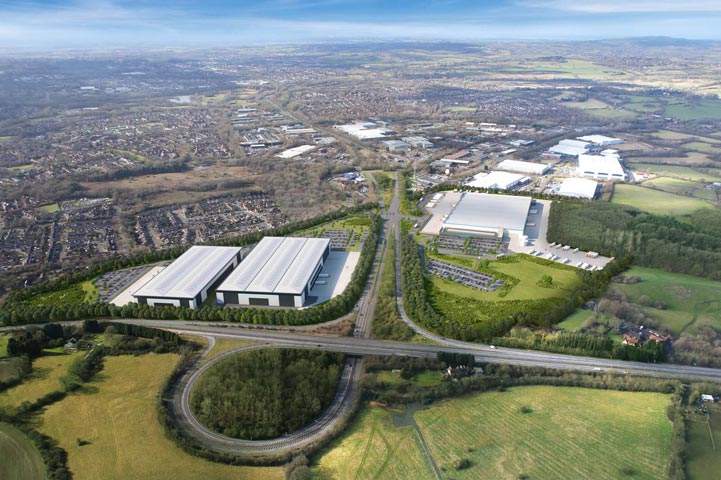H2 rebound in volumes suggests stability is returning to the market

Redditch Gateway, where Savills has advised on the forward funding of 446,000 sq ft of speculative development across two units.
The H2 rebound in volumes suggests that investors are acting with greater conviction in the market. As 2024 progresses, there remains the potential for more economic bumps in the road. But with a depressed development pipeline, rental growth prospects for good-quality units remain strong
Richard Merryweather, Joint Head of UK Investment
For many players in logistics capital markets, 2023 will be a year to forget, and whilst investment volumes have certainly improved in the second half of the year, the lofty volumes reached in 2021 and 2022 will have long faded in the memory. By the end of 2023, logistics investment volumes have reached £3.1bn, which whilst a year-on-year fall of 54%, H2 rebounded by 110% when compared with H1. It should also be noted that when compared to the long-term average, investment volumes are actually 54% above the pre-Covid average.
Whilst the long-term average does provide some context and reassurance, it is difficult to see a marked increase in the first half of 2024 with base rates ’higher for longer’, a lack of willing sellers and little appetite for BTS or speculative funding.
We have seen a much closer correlation between prime yields and base rates through 2023, with swings in sentiment for when base rates will start to fall and how quickly. It is also easy to equate lower volumes as purely a lack of demand when most deals start with an owner deciding to sell. With the market pricing prime at 5.25% and a market showing c.5% rental growth, it is no wonder that most owners are deciding to hold.
That said, as 2024 progresses, it’s likely that some investors will come under pressure from a myriad of external forces, fund redemptions, maturing loans (refinancing), and LTV breaches, while others may need to recycle their portfolio to raise capital for their development pipeline or indeed, meet their ESG targets. Given many banks’ reluctance to step into the market, as was the case after the GFC, we expect to see the market with elevated levels of stress (‘pressure’) rather than distress, suggesting that while we won’t see a flood of sales, there will be a steady level of transactions and recapitalisations.
We do, however, expect to see more conviction from investors, particularly in the second half of the year, as base rates start to fall and Gilt yields stabilise (10-year Gilts currently sit at 3.8%, down from a high of 4.5% in October 2023). This should also bring more leveraged investors back into the prime market to supplement the relatively small pool of unlevered buyers who can invest at the current levels, and this, along with more focus on the total return than just the initial yield, suggests that prime yields will move in as the year progresses.
Moreover, rental growth prospects remain strong in undersupplied markets and size ranges, particularly for Grade A units, as our recently released forecasts in Big Shed Prospects demonstrate, with the UK overall expected to see rental growth of 4.9% in 2024.
.jpg)